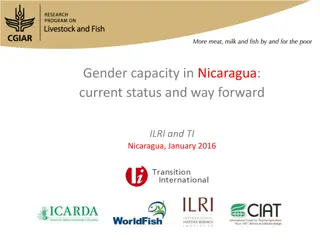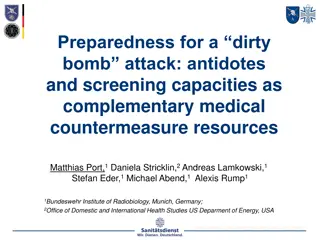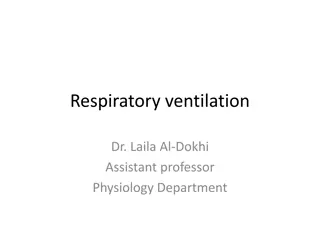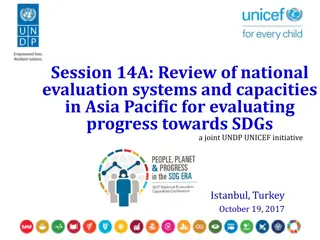
Understanding Lung Volumes and Capacities in Respiratory Physiology
Explore the different types of lung volumes and capacities, including tidal volume, inspiratory reserve volume, expiratory reserve volume, and more. Learn how these measurements play a crucial role in assessing respiratory function and overall health.
Uploaded on | 0 Views
Download Presentation

Please find below an Image/Link to download the presentation.
The content on the website is provided AS IS for your information and personal use only. It may not be sold, licensed, or shared on other websites without obtaining consent from the author. If you encounter any issues during the download, it is possible that the publisher has removed the file from their server.
You are allowed to download the files provided on this website for personal or commercial use, subject to the condition that they are used lawfully. All files are the property of their respective owners.
The content on the website is provided AS IS for your information and personal use only. It may not be sold, licensed, or shared on other websites without obtaining consent from the author.
E N D
Presentation Transcript
StudyMafia.Org Lungs Volume And Capacities Submitted To: Studymafia.org Studymafia.org Submitted By:
Table Contents Definition Introduction Types of Lungs Volumes Types of Lungs Capacity Conclusion 2
Definition The lung capacities of different animals vary based on their activities. E.g., the lung capacity of cheetahs is much higher than humans. This is because they require a large amount of oxygen for their muscles that help them to run fast. The lung capacity of elephants is also higher due to their large body size. 3
Introduction A human lung can hold a maximum of six litres of air. The volume of air involved in the breathing process can be evaluated with the help of a spirometer. It is an equipment which is used to examine the total volume of air inhaled and exhaled by the lungs. It is also used in testing the pulmonary function. The air in the lungs is measured in terms of lung volume and lung capacity. Lung volume measures the amount of air for inhalation or exhalation. Whereas, lung capacity measures how much air can be inhaled from the end of a maximal exhalation. 4
Types of Lungs Volume Tidal Volume The tidal volume is the total amount of air inhaled or exhaled during regular respiration or relaxed breathing. Approximately 500 ml of air is utilized during normal respiration in a healthy man. Inspiratory Reserve Volume An inspiratory reserve volume is a supplementary volume, approximately ranging between 2500 to 3100 ml of air which could be effectively inhaled after the inspiration of a standard tidal volume. 6
Types of Lungs Volume Expiratory Reserve Volume An expiratory reserve volume refers to the additional capacity of air which is about 1200 ml are that could be forcibly exhaled out after the expiration of a standard tidal volume. Residual Volume/Reserve Volume The residual volume is about the total volume of air around 1100 ml to 1200 ml residing in the lungs after the reserve volume is emitted or breathed out. 7
Types of Lungs Capacity Total Lung Capacity The total lung capacity applies to the total volume of air-filled in the lungs after a forced inspiration. The lung capacity of a healthy man is estimated to be 6000 ml. TLC = TV + ERV + IRV + RV Inspiratory Capacity The inspiratory capacity is the total volume of air that can be inspired which is about 3600 ml. IC = TV + IRV 8
Types of Lungs Capacity Vital Capacity The vital capacity is the total volume of air that can be expired after a maximum inhalation or maximum air that a person can breathe in after forced expiration. It is an important measure of a person s respiratory health. VC = TV + ERV + IRV Functional Residual Capacity The functional residual capacity is the total volume of air residing within the lungs after an exhalation process and it is about 2400 ml. FRC = ERV + RV 9
Conclusion Physiological volumes/capacities include age, gender, weight, height and ethnicity, physical activity, altitude and others, which should be considered while interpreting results of spirometry. Likewise, the quality and accuracy of the test(s) used for estimation of the lung volumes/capacities should be considered before interpretation. factors that influence lung 11
References Google.com Wikipedia.org Studymafia.org Slidespanda.com
Thanks To StudyMafia.org






















